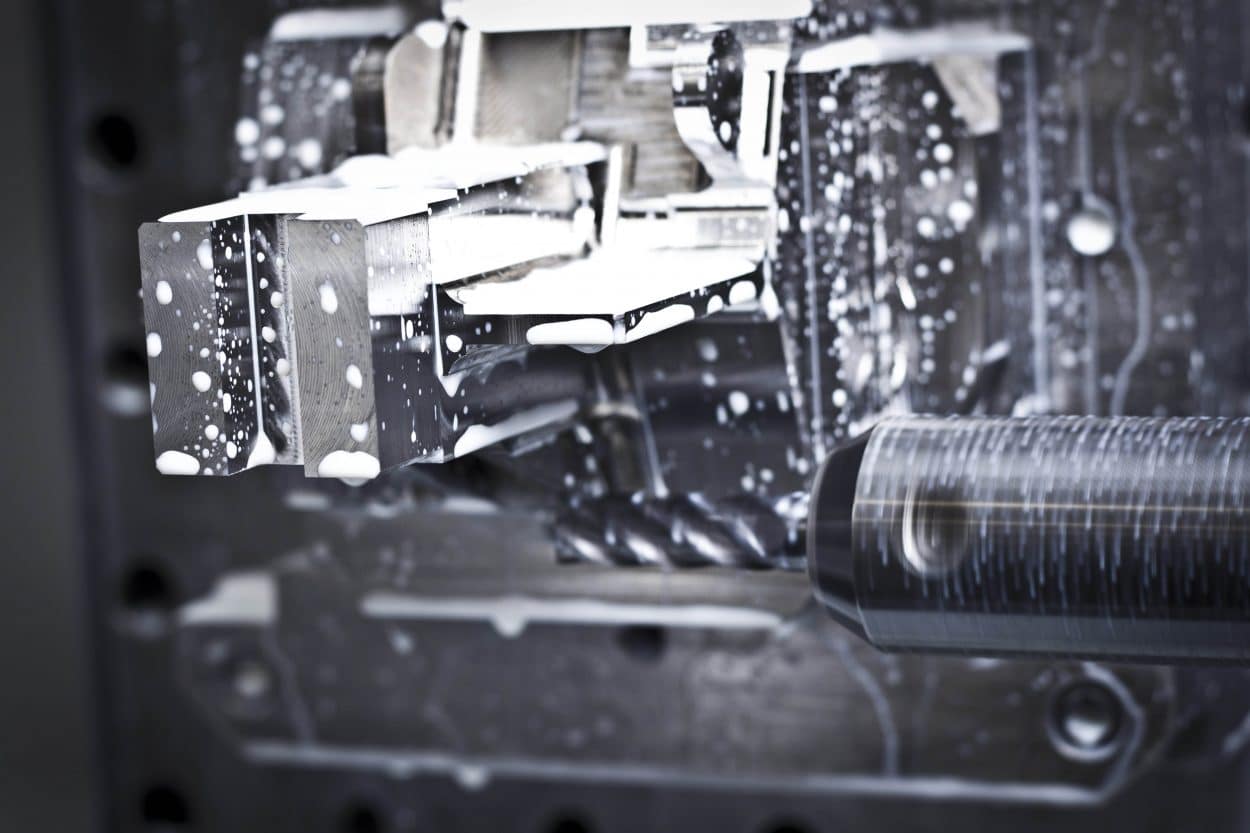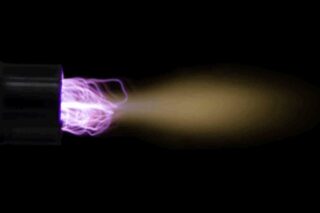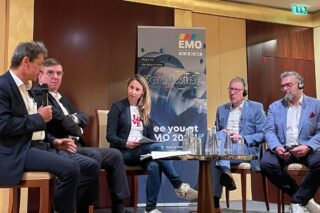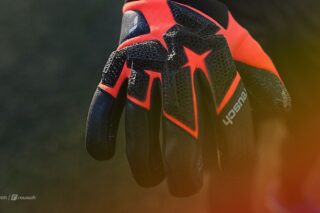During the 2015 edition of EMO in Milan, DirectIndustry e-magazine discussed the future of machining with Filip Geerts, Secretary General of CECIMO, the European Association for Machine Tool Industries and organizer of the fair.
DirectIndustry e-magazine: Connected objects, virtual reality and the Internet of Things are invading the factory floor. How will this affect 21st-century machining?
Filip Geerts: Connected machinery is finding its way in industry. Connected machines provide a good basis for service and maintenance, especially when intervention happens remotely. Virtual reality is also widely applied by the automotive industry to support their maintenance workers.
Digital interfaces on machine tools allowing access to all the relevant data are standard. Intelligent interface is a prerequisite for diagnostic and service purposes. Moreover, engineers intend to make them as user-friendly as possible to allow for a swift integration of a new workforce.
Clients are also more and more looking for integrated machines that combine different processes.
DirectIndustry e-magazine: What are the advantages of such integrated machines?
Filip Geerts: The production cycles have to be short enough to respond to the market needs without compromising accuracy and precision, as manufacturers have to adapt to swiftly changing conditions of demand an input costs. Cycle times can be massively reduced by combining different machining processes in one machine. This is especially useful for SME.
For example, a horizontal spindle and a vertical pallet arrangement allow high-speed machining of large structural aluminum components for the aerospace industry. While the pallet transport system feeds pallets to the machine, the storage station and the loading/unloading station, the parallel kinematic machining head provides the user with optimum 5-axis simultaneous machining process. Five-axis laser milling is another example. It allows dealing with more complex forms with less workpiece handling needed and without changing tools or parts. Both machines save machinery costs because the client does not have to buy different machines.
DirectIndustry e-magazine: What about hybrid machines that incorporate conventional machining and additive manufacturing technologies? Could they better respond to market needs?
Filip Geerts: Hybrid machine tools represent the next step for the development of industry. 3D printing is rapidly growing and 3D printers are becoming important CNC tools. They have some key advantages. Cost saving is first, with the reduction of material scrap, of labor input and the possibility of multiple design changes. Functionality also improves with the ability to produce tooling fixtures, unfeasible through conventional manufacturing techniques. And there is an increased ability to customize.
However, there are some limitations because 3D printing with metals generally requires the metal to be sintered or melted at some point in the process, resulting in mechanical properties which may be very different from those of a piece machined from a rolled or heat-tempered alloy. The challenge of the 3D printing process is to match the precise tolerances of high-precision machining. Therefore, the factory floor is likely to have 3D printers working, at least for the moment, side-by-side with more traditional CNC machines, rather than replacing them entirely.
DirectIndustry e-magazine: So traditional machining still has a rosy future?
Filip Geerts: Traditional machining processes like turning, boring, milling, shaping, broaching, slotting and grinding will still be used. They will not disappear overnight. Of course, one may argue that using conventional methods to machine hard metals and alloys requires more time and energy and therefore increases costs. But the final decision has to be made by taking into account the production process characteristics, the number of pieces to manufacture, the type of material to be processed and the shape of the final workpiece.
DirectIndustry e-magazine: And what about new materials? For example, what might be the impact of composites ?
Filip Geerts: New, advanced materials mean new challenges and opportunities, which will undoubtedly lead to the development of more innovative machines. The automotive, aerospace and medical sectors are the main customers of our industry. The first two need lightweight and very resistant technical structures with sometimes complicated shapes to reduce the weight, material and energy consumption of their final product. The medical sector will be using new biocompatible materials with coatings on a nanoparticle level. Production of these advanced pieces affect every aspect of production process: mass customization, development of reconfigurable machines, further improvement of sensors and automation.











